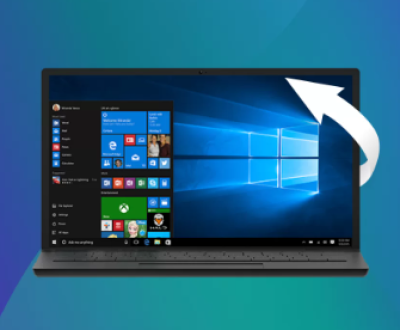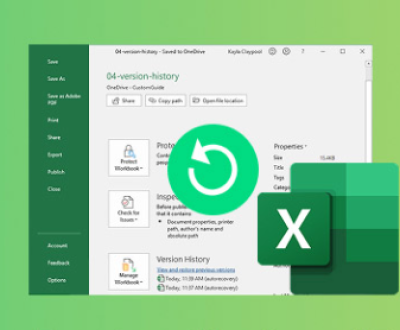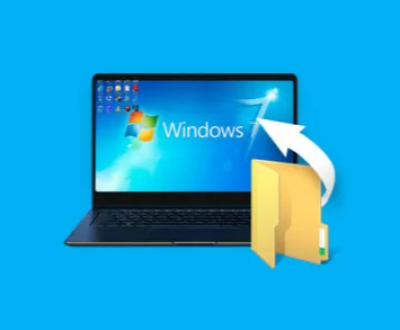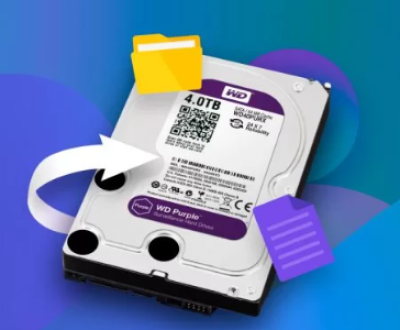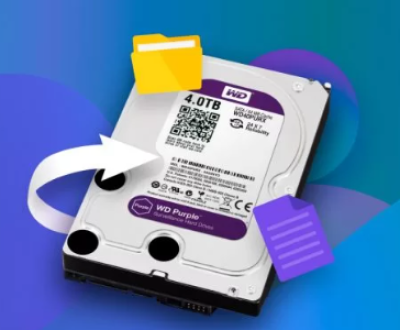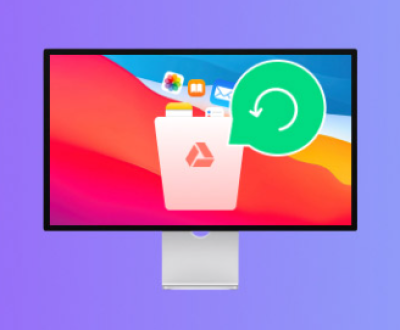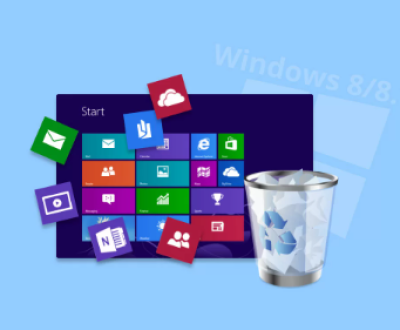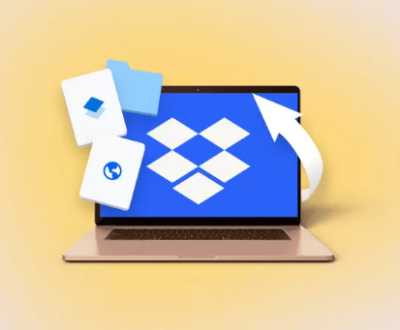SD cards are essential components for storing and accessing data on devices like cameras, smartphones, tablets, and more. However, sometimes issues arise where a device, such as the Luckfox Pico (a mini projector), fails to recognize an SD card inserted into the SD card slot. This can lead to frustration, especially when you rely on the SD card for media storage or to run apps or files.
Possible Causes of the Issue
Before diving into troubleshooting, it’s important to understand some potential causes for this issue:
Physical Damage to the SD Card or Slot
The SD card or the slot might have physical damage, which can prevent proper recognition.
Card Formatting Problems
If the SD card is not formatted correctly or is in a file system that the Luckfox Pico doesn’t support, it might not be recognized.

Corruption on the SD Card
If the data on the SD card is corrupted or there are bad sectors, the Luckfox Pico might fail to detect it.
Outdated or Incompatible Software
Sometimes, outdated firmware on the Luckfox Pico might fail to recognize newer SD cards or specific formats.
Issues with the SD Card Type
Some devices are particular about the types and capacities of SD cards they support, such as SDHC or SDXC cards.
Slot Malfunction
The SD card reader on the Luckfox Pico could be malfunctioning due to dirt, dust, or mechanical issues.
Step-by-Step Troubleshooting
1. Check the SD Card for Physical Damage
The first thing you should do is visually inspect the SD card for any physical signs of damage. Look for:
Cracks or chips along the edges.
Bent or broken connectors.
Burn marks or discoloration on the card.
If there is visible damage, it’s possible that the SD card is unusable and needs to be replaced. If the card appears undamaged, proceed to the next step.
2. Inspect the SD Card Slot
Sometimes, the issue isn’t with the SD card itself but with the SD card slot. Here’s what to do:
Turn off the Luckfox Pico and unplug it to ensure safety.
Use a flashlight to inspect the SD card slot. Look for any visible obstructions like dust, dirt, or foreign particles that could block the card from being inserted properly.
Use a can of compressed air to gently blow into the slot and remove any dirt or debris.
If the slot looks clean and undamaged, move on to checking the card’s compatibility.
3. Test the SD Card on Other Devices
To rule out the possibility of a defective SD card, test it on another device such as a computer, smartphone, or another projector. If the SD card works fine in other devices, it’s likely an issue with the Luckfox Pico itself.
On a PC: Insert the SD card into an SD card reader and check if it is detected by your computer. If the card is not recognized, it may be corrupt or improperly formatted.
On another projector: If you have access to another Luckfox Pico or a similar device, try the SD card there.
If the SD card is not recognized on other devices, it’s likely the card itself that’s causing the issue. You may need to format it or replace it if it’s defective.
4. Ensure the SD Card is Properly Formatted
The Luckfox Pico may have limitations regarding the types of SD card formats it can support. SD cards are typically formatted in one of several file systems:
FAT32: Common for cards up to 32GB.
exFAT: Used for larger capacity cards, often those above 32GB.
NTFS: Less common but may be supported in some cases.
Check the following:
Insert the SD card into a PC or laptop and use disk management tools to check its format.
If the card is formatted with an incompatible file system (like NTFS or a custom format), you can reformat the card to FAT32 or exFAT.
Keep in mind that reformatting the SD card will erase all its data, so be sure to back up any important files before proceeding.
To reformat an SD card:
On Windows:
Right-click on the SD card in “My Computer” or “This PC”.
Select “Format.”
Choose the file system as FAT32 (for cards 32GB and below) or exFAT (for cards above 32GB).
Click “Start” to reformat the card.
On macOS:
Open Disk Utility.
Select the SD card from the left-hand panel.
Click “Erase,” then choose the appropriate file system (MS-DOS (FAT) for FAT32 or ExFAT for larger cards).
Click “Erase” to confirm.
After reformatting, try inserting the card into the Luckfox Pico again to see if it’s recognized.
5. Check for Corruption on the SD Card
If your SD card contains corrupted data, the Luckfox Pico may fail to read it properly. Here’s how you can check for corruption and attempt to fix it:
Run a Check on Windows:
Open “This PC” and right-click on the SD card.
Select “Properties” > “Tools.”
Click on “Check” under the Error-checking section and allow the system to scan and repair the drive.
Use Data Recovery Software: If your SD card appears to be corrupted and the above steps don’t work, you can use specialized data recovery software to attempt to recover your files and repair the card. Popular programs include Recuva and EaseUS Data Recovery Wizard.
After attempting repairs or data recovery, try using the SD card again in the Luckfox Pico.
6. Update the Luckfox Pico’s Firmware
Outdated firmware on the Luckfox Pico may prevent it from properly recognizing newer SD cards or certain file formats. To check if a firmware update is available:
Visit the Luckfox Pico’s official website or the manufacturer’s support page.
Look for any firmware updates listed for your model.
Follow the provided instructions carefully to update the firmware.
Ensure the device is fully powered off and plugged into a stable power source during the update process to avoid any interruptions.
7. Test the SD Card with a Different Brand or Model
It’s possible that the Luckfox Pico may have compatibility issues with certain SD card brands or models. Try using a different SD card to determine whether the issue lies with the specific card you’re using. A good test would be to try an SDHC (Secure Digital High Capacity) or SDXC (Extended Capacity) card, depending on the model specifications.
Ensure the SD card you are trying is within the size limit supported by the Luckfox Pico.
8. Reboot or Reset the Luckfox Pico
If the Luckfox Pico has been on for an extended period, sometimes a simple reboot can resolve issues with hardware recognition. Perform a soft reboot or power cycle:
Turn off the Luckfox Pico and unplug it from the power source.
Wait for about 30 seconds to 1 minute, then plug it back in and turn it on.
Reinsert the SD card and check if it’s recognized.
If this doesn’t work, you can also try a factory reset to clear any settings or configurations that might be interfering with the SD card detection.
9. Contact Luckfox Support
If none of the above steps resolve the issue, it’s time to reach out to Luckfox customer support. Provide them with the following details to expedite the troubleshooting process:
Model number of the Luckfox Pico.
The type and capacity of the SD card.
Steps you have already taken to try to fix the issue.
They may be able to provide further assistance or offer a replacement if the device is still under warranty.
About us and this blog
Panda Assistant is built on the latest data recovery algorithms, ensuring that no file is too damaged, too lost, or too corrupted to be recovered.
Request a free quote
We believe that data recovery shouldn’t be a daunting task. That’s why we’ve designed Panda Assistant to be as easy to use as it is powerful. With a few clicks, you can initiate a scan, preview recoverable files, and restore your data all within a matter of minutes.
Subscribe to our newsletter!
More from our blog
See all postsRecent Posts
- Recover deleted files windows 2025-07-02
- How to recover previous excel file 2025-07-02
- How to recover files that are permanently deleted 2025-07-02

 Try lt Free
Try lt Free Recovery success rate of up to
Recovery success rate of up to

